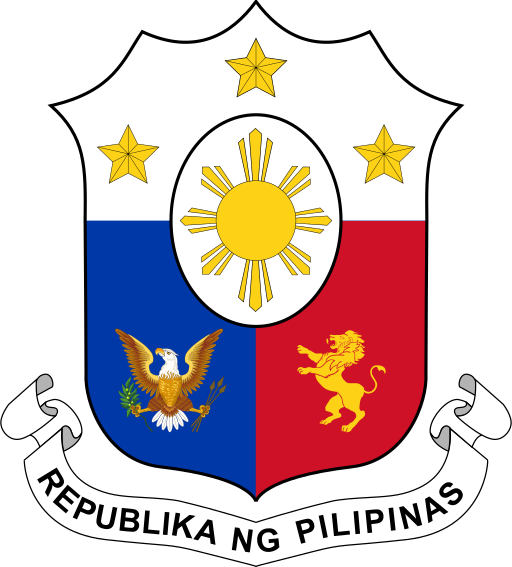
Your Excellency, Ambassador Romualdez, members of the economic team, ladies and gentlemen.
Assalamu alaikum wa Raḥmatullahi wa Barakatuh.
First, I would like to thank the Philippine Embassy, the International Monetary Fund, the World Bank, Macquarie Asset Management, HSBC, and our partners here for hosting us and giving us this opportunity to share updates on the country's economic performance and investment opportunities, and on our end at the Department of Budget and Management, our Priority Expenditures.
Today, we bring you warm greetings and good news from the Philippines. I am proud to share that in spite of global headwinds and the challenges of economic recovery after the pandemic lockdowns, we remain on track with our Agenda for Prosperity.
The agenda is economic transformation towards inclusivity and sustainability. Our priority expenditures are therefore aligned with the 8-Point Socioeconomic Agenda and cater to the objectives under the Philippine Development Plan 2023 to 2028.
To give you an overview of the Fiscal Year 2023 General Appropriations Act, the National Budget of the Philippines amounts to Php 5.268 trillion or about USD 95.0 billion. This is a 4.9 percent increase from our budget in 2022, equivalent to 21.9 percent of our GDP.
The bulk of the proposed budget has been allotted for the Social Services sector, equivalent to roughly 38.1 percent of the national budget, to ensure revitalized education, quality healthcare, and strengthened social protection. This is in line with the 8-Point Socioeconomic Agenda and our growth targets.
As mandated by the Philippine Constitution, Education remains our top priority. But we also have given the Health Sector one of the most significant increases in the budget, as part of our commitment to strengthen our healthcare system following lessons from the pandemic, as well as the mandate of President Ferdinand R. Marcos Jr. to expand access to affordable and inclusive healthcare even in the farthest regions.
We are also strengthening social protection, covering 11.7 percent of the 2023 National Budget, to ensure that no one is left behind.
Further, we are determined to make agriculture a driving force for growth and the main source of our food security. Hence, to improve agricultural productivity and re-establish the Philippines as a top exporter of agricultural products, the Agriculture and Agrarian Reform sector was allocated Php 186.4 billion (USD 3.36 billion), a budgetary boost of around 29.0 percent from its previous year’s allocation.
Recognizing that infrastructure is the backbone of the economy, we are determined to maintain infrastructure spending at 5.0 to 6.0 percent of GDP in the medium-term as set in the Medium-Term Fiscal Framework. With this in mind, we are expanding the Build, Build, Build Program of the previous administration, which we now call Build, Better, More (BBM). This was allocated Php 1.33 trillion (USD 23.9 billion) or 25.3 percent of the national budget and equivalent to 5.5 percent of GDP to sustain the momentum of the public infrastructure boom.
On infrastructure, here is the good news: as of last month, the national government has identified 194 high-impact and urgently-needed infrastructure flagship projects. These will be given top priority during the annual preparation of our government’s budget.
The bulk of the infrastructure budget is intended for the development of physical infrastructure aimed at improving physical connectivity throughout the country through the construction of accessible road networks, railways, buildings, and flood control infrastructure, among others.
Significant budgetary support was also provided for social infrastructure development, which includes the construction of school buildings, hospitals, health centers, water and power supply systems, as well as housing and community systems to support the quality of life and well-being of communities. Similarly, we have also provided funding for irrigation systems and reforestation projects.
To ensure that the Philippines becomes a viable investment destination, we are also keen on improving our digital infrastructure, which was allocated Php 24.13 billion or about USD 434.3 million, to accelerate the country’s digital transformation. We are lucky that later we will be joined by ICT Secretary Ivan John Uy. He can further elaborate on our priority projects.
Acknowledging the importance of sustainable economic growth, we have significantly increased the climate change adaptation and mitigation measures budget by 60 percent compared to the previous year’s allocation. This includes investments in water sufficiency and renewable energy infrastructure, as well as alternative resources.
Promoting genuine inclusive growth, we have automatically appropriated some Php 820.3 billion (USD 14.77 billion) to our Local Government Units (LGUs) as part of their National Tax Allotment. This is in addition to the Php 16.5 billion (USD 297 million) allocation that they will receive as part of the Local Government Support Fund (LGSF). The LGSF covers financial assistance to LGUs, the Growth Equity Fund, and support to the Barangay Development Program of the National Task Force to End Local Communist Armed Conflict.
Ensuring that this inclusive growth reaches the farthest regions, a total of Php 83.94 billion or USD 1.51 billion has been allocated for the Bangsamoro Autonomous Region in Muslim Mindanao (BARMM) as its government undergoes transition until 2025. This includes allocations for the regular budget of BARMM; its Annual Block Grant; a Special Development Fund for the rebuilding, rehabilitation, and development of its conflict-affected communities; and the region’s share in taxes, fees, and charges.
To complement the implementation of these priority programs, we shall enhance key structural reforms and introduce new ones that promote sound fiscal management, a green economy, and a more efficient and lean bureaucracy. Let me cite some of these reforms.
First, the Department of Budget and Management will forward the Progressive Budgeting for Better and Modernized Governance or the PBBM Governance Bill, which seeks to digitalize processes and transactions across all government offices through an Integrated Financial Management Information System (IFMIS) and institutionalize key Public Financial Management (PFM) reforms such as the Cash Budgeting System.
Second, we want to build an agile, efficient, and more responsive government workforce through the National Government Rightsizing Program. This will minimize and eliminate overlaps and duplication of functions, and reduce costs, processing time, and other regulatory requirements in government transactions.
Third, we are pursuing a Green Public Procurement Roadmap wherein the government will procure common-use supplies and equipment items with green specifications.
As you can see, the Philippines means business. We not only meet but surpass our economic targets. We are on track with our Agenda for Prosperity and I am confident that as long as we stay the path, we will sooner achieve single-digit poverty levels and upper middle-income class status—objectives that we identified in our Medium-Term Fiscal Framework.
Indeed, the time to invest in the Philippines is now. So, we look forward to forging more partnerships with the United States.
America is an age-old friend of the Philippines. We hope to strengthen this friendship even more as we continue to nurture our robust people-to-people ties, invigorate our dynamic bilateral relations, and pursue economic transformation.
We hope you will join us in our journey towards genuine prosperity—an inclusive and sustainable economy that would be felt by every individual, family, and business in the country.
Wasalamu alaikum wa rahmatullahi wa Barakatuhu.
Thank you. Maraming salamat at Mabuhay.

